Unit 1 Overview: Political Systems, Regimes, and Governments
3 min read•december 23, 2022
kelly-cotton
I
Isabela Padilha Vilela
AP Comparative Government 🗳️
90 resourcesSee Units
Unit 1 Overview: Political Systems, Regimes, and Governments
Unit 1 of the AP Comparative Politics course introduces students to the way comparative political scientists think to draw analysis and conclusions about global politics. There are big ideas that students have to keep in mind when studying Comparative politics, and the first one is that politics is all about power and authority.🫅
In analyzing the six core countries of the AP exam keep in mind these questions: Who has the power and who is affected by it? How did they get this power? The political history of each nation will provide you with the answers to those questions. 😎
This unit will also provide you with the tools to incorporate quantitative and qualitative data so you can generate meaningful conclusions to identify and explains trends and patterns in other nations - bascially to do what political scientists do!
(Remember: Quantitative data is expressed in numerical form 🔢 and can be analyzed statistically. Qualitative data contains non-numerical representations such as words, images and text 📕.)
Before we get into unit 1, let's take a quick second to look at the course as a whole 🙂 The course is divided into 5️⃣ five units covering:
- How government gains power 💪 and legitimacy
- Institutions (stable, long-lasting organizations that help turn political ideas into actual policy. Think of legislatures and political parties!)
- Culture and participation 🗳️ (social factors are extremely important in understanding political systems!)
- Elections and Citizen Organizations 👥
- Political and economic 💹 change
Core Course Countries
The course will ask you to demonstrate what you have learned about each of these topics through six 6️⃣ countries, called the Core Course Countries. These nations were chosen by the College Board because they present distinct features that can explain the different ramifications of politics across the world 🌏
- UK 🇬🇧: When you use the term UK or United Kingdom we are referring to the combination of Scotland 🏴, Great Britain 🇬🇧, and Northern Ireland 🇮🇪. Key Characteristics of the UK: Democratic 🙋regime, as well as a parliamentary system.
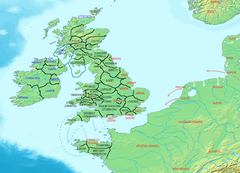
- Russia 🇷🇺: Russia came into existence again after the Soviet Union broke 💔 up in 1991. Russia is used as an example of an authoritarian 👑 regime, post-communist nation that exhibits a semi-presidential 🙌 system.
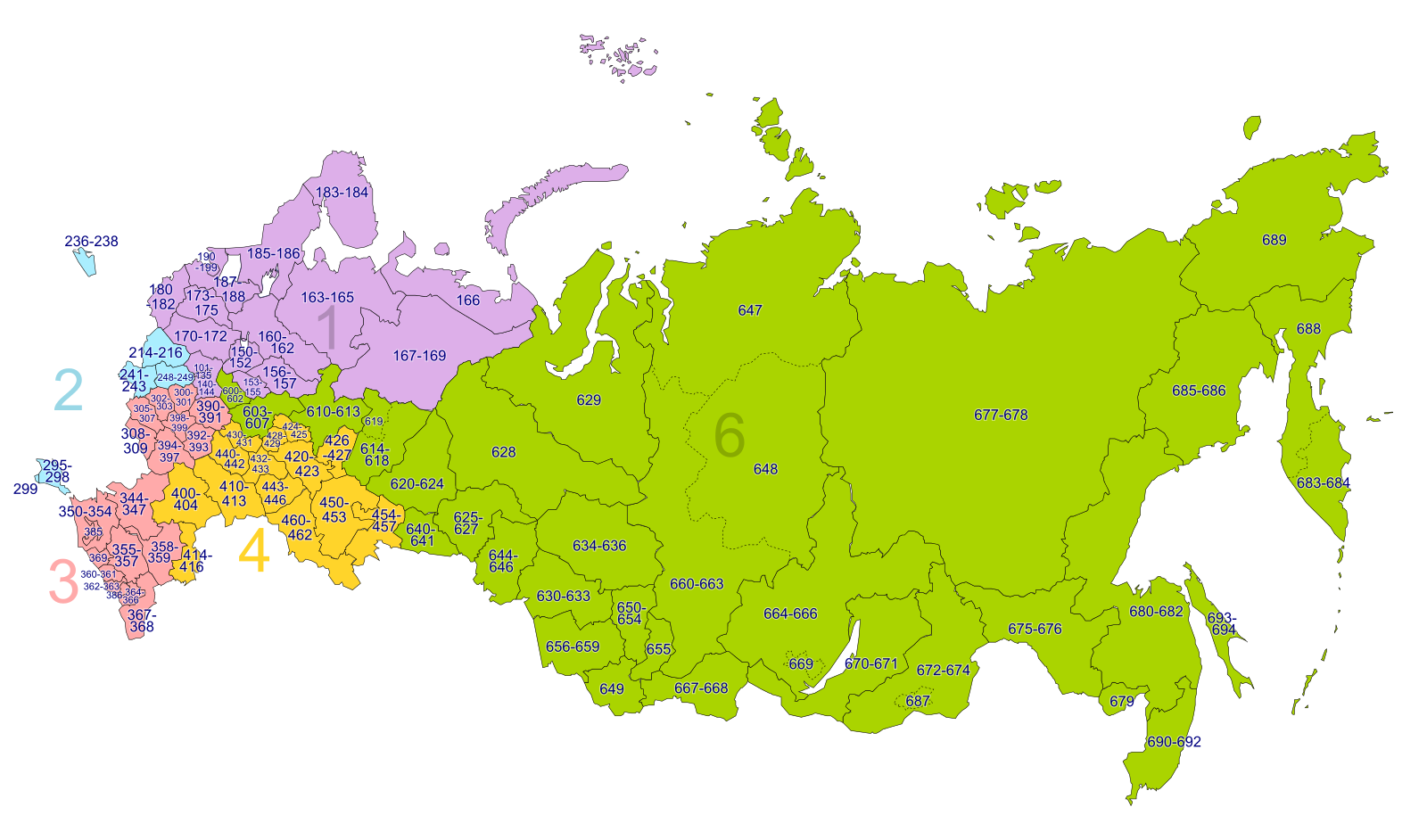
Map of Russia. Image courtesy of commons.wikimedia
- Iran 🇮🇷 as a course country is quite interesting because it is an authoritarian 👑 regime, but it is also an example of a theocratic 🕌 government. Unlike the first two course countries, the UK and Russia, Iran cannot be identified as a semi-presidential, presidential, or parliamentary system, but more on that in Unit 2 Political Institutions 🛐
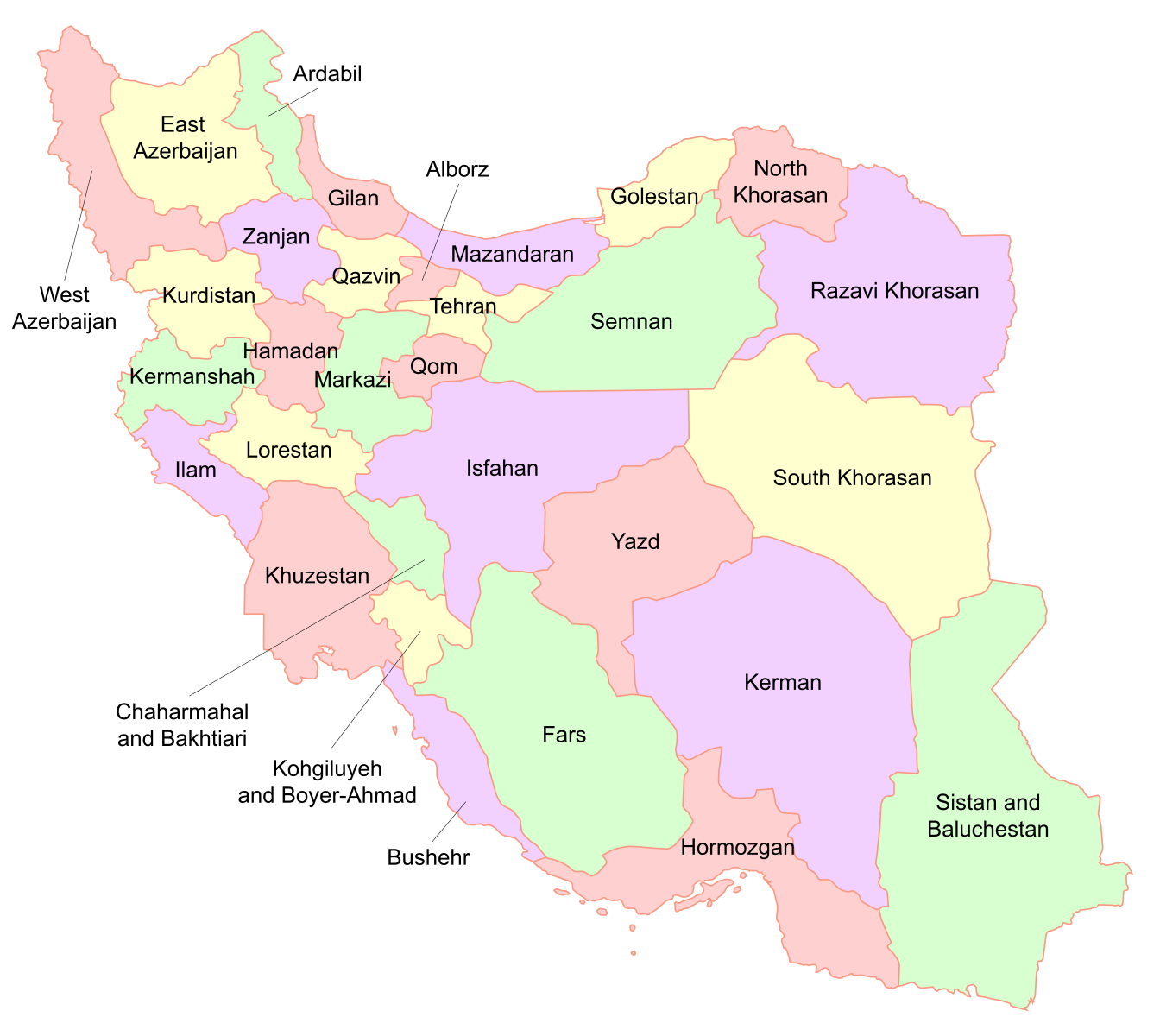
Map of Iran. Image courtesy of commons.wikimedia
- Mexico 🇲🇽: This country, much like the UK, is an example of a democratic 🙋 regime, however unlike the UK, Mexico is an example of a presidential 🤴 system.
-ENNu9IwCDUVX.png?alt=media&token=edcbb762-2774-47ba-b3d3-43c208083f08)
Map of Mexico. Courtesy of commons.wikimedia
- China 🇨🇳: This country is an authoritarian 👑 regime, similar to Russia and Iran. Much like Iran, the course does not categorize China as a presidential, semi-presidential, or parliamentary system, but once again we will talk 💬 about that in Unit 2 Political Institutions.
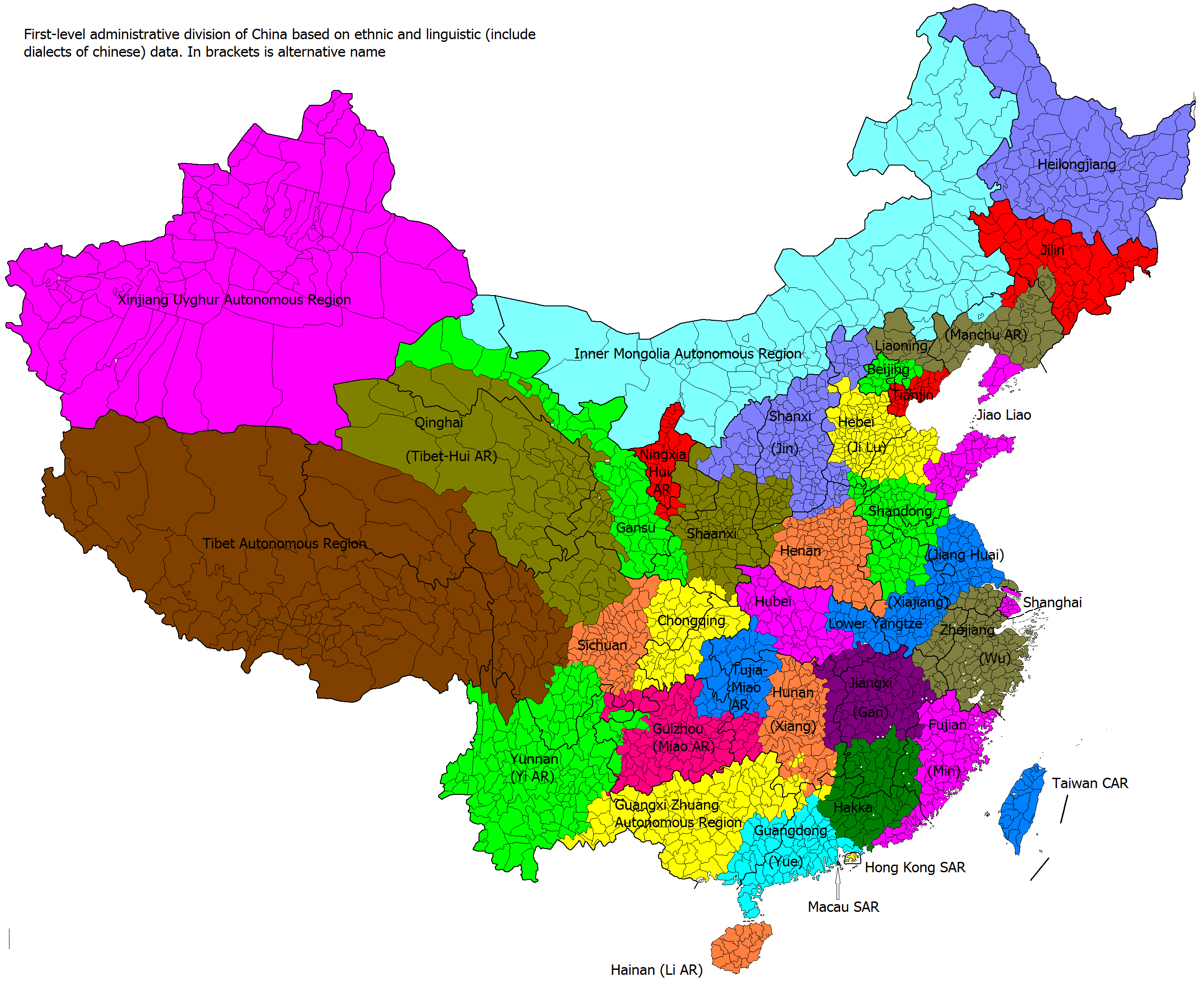
Map of China. Image courtesy of commons.wikimedia
- Nigeria 🇳🇬: This country, much like the UK, is an example of a democratic 🙋 regime, however unlike the UK, Nigeria is similar to Mexico in that it is an example of a presidential 🤴 system.
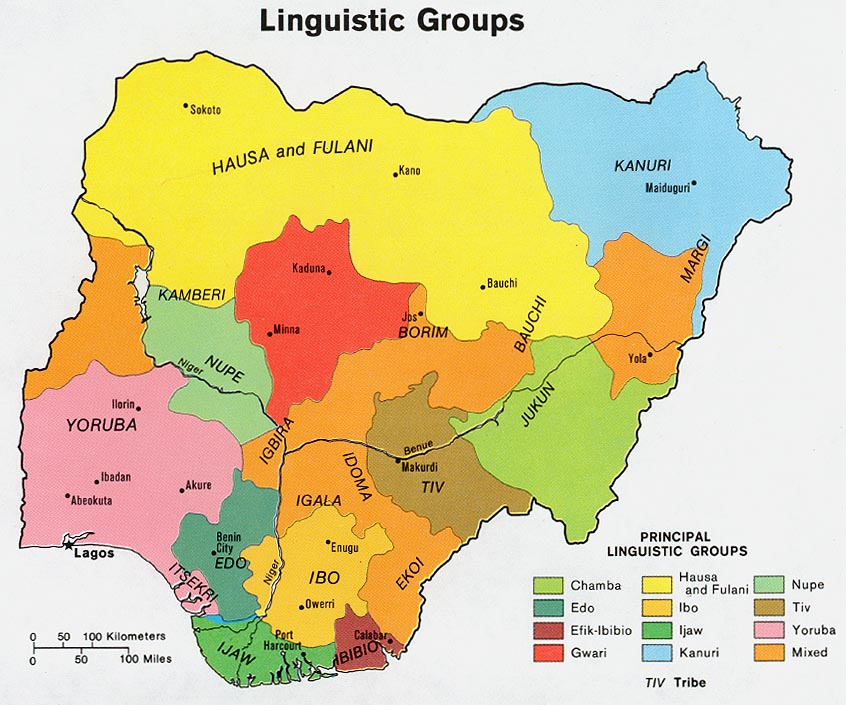
Map of Nigerian Linguistic Groups. Image courtesy of commons.wikimedia
In addition, you also need to know about Supranational Organizations. These are organizations like the EU 🇪🇺 that encourage states to pool 🎰 their sovereignty together in order to receive economic 🤑, political 👩⚖️, and social 👨⚕️ benefit, but more on that later.
Browse Study Guides By Unit
👑Unit 1 – Political Systems, Regimes, & Governments
⚖️Unit 2 – Political Institutions
🙋♀️Unit 3 – Political Culture & Participation
🐘Unit 4 – Party, Electoral Systems, & Citizen Organizations
🏗Unit 5 – Political & Economic Changes & Development
✏️Frequently Asked Questions
📝Exam Skills

Fiveable
Resources
© 2023 Fiveable Inc. All rights reserved.